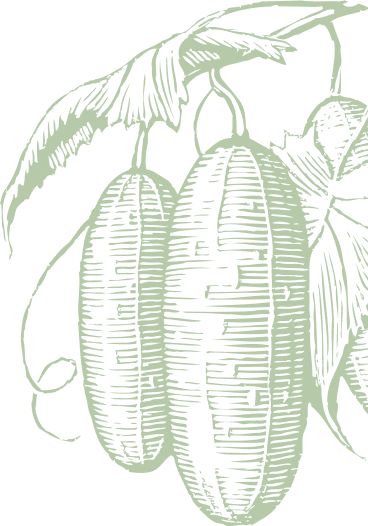GREAT COCKTAILS START WITH RESPONSIBLE MEASURING
THERE IS A HENDRICK'S GIN COCKTAIL FOR ALMOST Any OCCASION

BASIC FACTS
The science of mixology mainly lies behind two major aspects – the blend of flavours and your glassware.
Ice is one of the most important components of making a cocktail
Jerry Thomas wrote the first cocktail book in 1862, “How to Mix Drinks, or the Bon Vivant’s Companion”
KEY TERMINOLOGY
Build: When the ingredients are poured directly into the serving glass filled with plenty of ice.
Stir: Preferred when a drink contains a distilled spirit, the trick is to combine the ingredients and dissolve enough ice to water down the potent mix.
Strain: Needed if a cocktail contains ice or muddled fruit in order to remove the finer particles.
MINIMUM TOOLS
A bar spoon: These long spoons are perfect for two things: firstly stirring a cocktail in a mixing glass and, secondly, well all the things you'd normally use a spoon for. If you don't have a barspoon then something like a chopstick works really well, or anything else that's long and thin that you can find in your kitchen cupboard.
Mixing Glass: A mixing glass is a great tool, but if you're stuck then you can always use the tin of a cocktail shaker, or something even simpler will do. For example if you find a jug that's not too big, that'll do nicely. You want something that will hold a good amount of ice, but not so much that you drown your drink.
Cocktail shaker: If you don't have one to hand there are plenty of other things you can use - a jam jar or even some Tupperware will do a similar job if you shake it right!
Time

